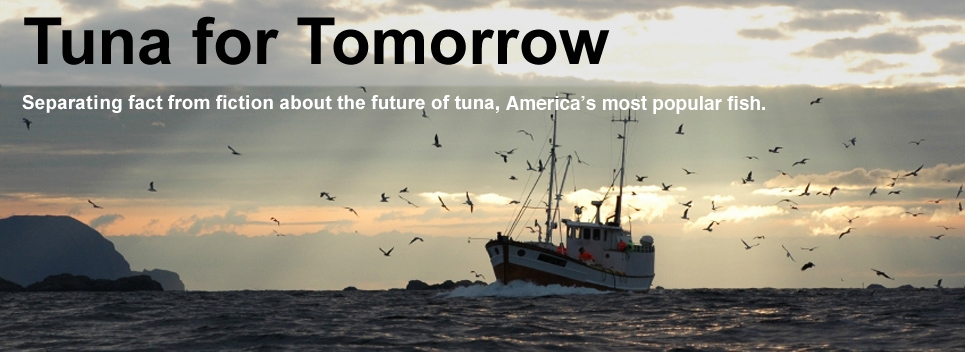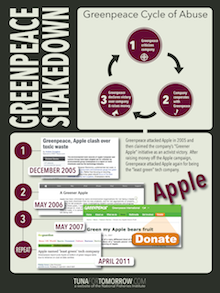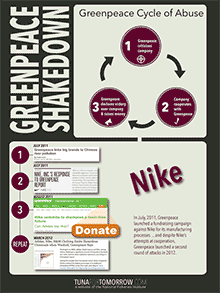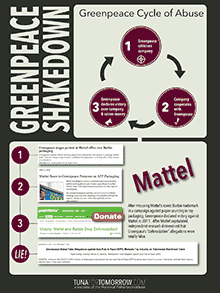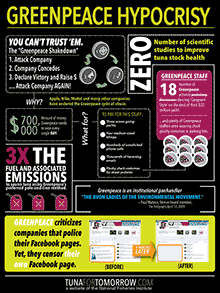Oceanographer and National Geographic “Explorer-in-Residence” Sylia A. Earle made a bizarre claim about tuna on Twitter:
“Did you know that it takes 100,000 lbs. of plants to grow one lb. of tuna? A pound of chicken takes two pounds of plants!” Earle wrote in a tweet dated November 25.
We’re not sure where Earle learned math, but not only are her numbers wrong—her premise is faulty. None of our tuna is “grown” on farms the way the chicken she uses as an example is. All of our tuna is wild-caught, just as mankind has caught fish for eons. There is some experimentation in tuna aquaculture (you may have heard it called “tuna farming” or “tuna ranching”) but in those cases, tuna are fed small baitfish like sardines, herring, and anchovies, not plants. And the “feed conversion ratio”, which is the phrase farmers and ranchers use, is exponentially smaller than the 100,000-to-1 ratio Earle cites.
It’s possible that Earle gets the 100,000 number by counting not just everything tuna actually eat, but everything eaten by everything tuna actually eat, and everything eaten by everything eaten by everything tuna actually eat, and so on, all the way down the food chain to plankton. If you find this a confusing and odd choice, you’re not alone.
The fact is that, unlike the chicken in Earle’s inapt analogy, we don’t “feed” our wild-caught tuna anything in order to “grow” them. Mother Nature determines the tuna’s diet, not us, and they would eat what they eat whether or not we fished for them.


